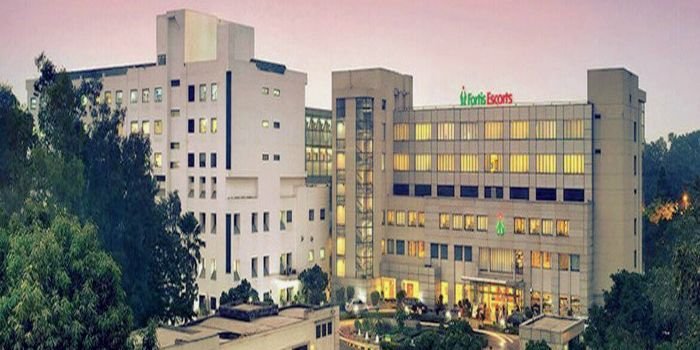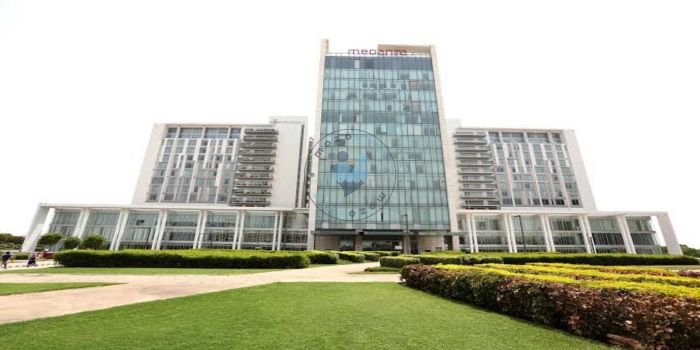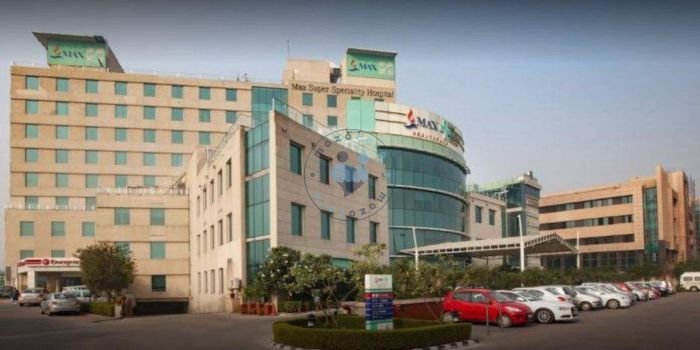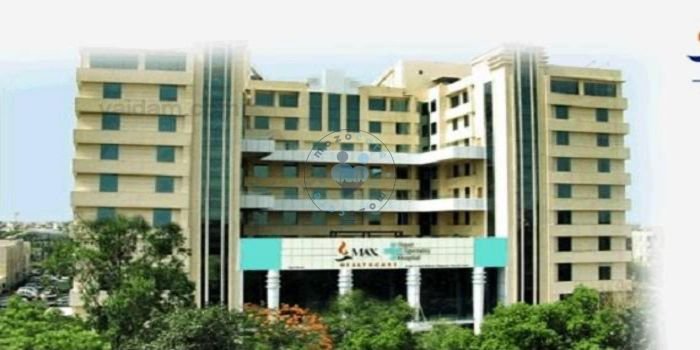

There are many factors that can affect the costs
Get Free Consultation
Ventricular Septal Defect (VSD) Closure treatments abroad
Ventricular septal defect (VSD), also referred to as a hole in the heart, is a congenital heart defect that causes blood to flow from the left to the right ventricle, which makes the heart have to work harder. In the cases whereby the hole is small, it may close by itself and surgery is not usually required.
The baby's heart will need to be checked regularly in order to monitor the defect and symptoms while awaiting its closure. A small hole can also be left without treatment, as it usually does not cause symptoms. While a small hole may close without intervention, a larger hole may require treatment as it may not heal itself and can cause more symptoms than with a smaller hole. Symptoms include breathlessness, breathing fast, getting easily tired, and the baby may not be able to eat much, which can impact their growth
Ventricular septal defect (VSD), also referred to as a "hole in the heart", is a congenital heart defect that causes blood to flow from the left to the right ventricle, which makes the heart have to work harder. In the cases whereby the hole is small, it may close by itself and surgery is not usually required. The baby's heart will need to be checked regularly in order to monitor the defect and symptoms while awaiting it's closure.
A small hole can also be left without treatment, as it usually does not cause symptoms. While a small hole may close without intervention, a larger hole may require treatment as it may not heal itself and can cause more symptoms than with a smaller hole. Symptoms include breathlessness, breathing fast, getting easily tired, and the baby may not be able to eat much, which can impact their growth.
The condition is usually detected in the first few days or months after birth when the doctor may hear a murmur when examining the baby with a stethoscope. The condition may also be detected from the baby's symptoms. The doctor may perform some tests such as an electrocardiogram and an echocardiogram, to confirm the condition. Most babies will undergo surgery within the first year of their birth and are usually given medication to help prevent symptoms while waiting for the surgery. While this defect is predominantly a congenital heart condition, it can sometimes occur in adults in later life, after having a heart attack and may need to be repaired.
Recommended for Large ventricular septal defect Time requirements Number of days in hospital 4 - 7 days . The baby will usually be discharged from the hospital within 1 week of the surgery. Number of trips abroad needed 2. Parents may need to first attend a consultation and then return to the clinic or hospital for the scheduled surgery.
Parents should prepare any questions or concerns to ask the doctor ahead of the surgery. Babies with a large VSD may require medication to help prevent and manage symptoms in the months preceding the surgery. The medication can help regulate the heartbeat and reduce the amount fluid distributed. The doctor will run a series of tests to check the overall health of the baby and to ensure the baby is healthy enough to undergo surgery.
If the baby is underweight, it may be necessary to using a feeding tube to increase the baby's weight before the scheduled surgery. In the hours preceding the surgery, parents will need to restrict the baby's food intake to prepare for the general anesthetic, which the doctor will provide information on ahead of the surgery. For complex conditions, people may benefit from seeking a second opinion before beginning a treatment plan.
A second opinion means that another doctor, usually an expert with a lot of experience, will review the patient's medical history, symptt results, and other important information, in order to provide a diagnosis and treatment plan. When asked, 45% of US residents who received a second opinion said that they had a different diagnosis, prognosis, or treatment plan.
There are 2 different types of surgery that can be performed to repair a VSD. The baby is administered with a general anesthetic so that they cannot feel any pain and are asleep during the procedure. The main surgical approach to repairing VSD is to perform open-heart surgery, by making an incision in the chest and using surgical instruments to open the chest to gain access to the heart. The heart is then put on bypass, which involves connecting the heart to a machine, which will pump the blood around the body during the surgery.
The surgeon will then repair the hole by closing it with sutures or by placing a patch on it. Once the hole is repaired, the chest is then closed and the incision site is closed with sutures. Another method of surgery is to perform the surgery as a minimally invasive procedure by using a catheter, which is inserted into groin into a blood vessel. The catheter is then guided up to the heart and a mesh material is used to close the hole. Once the repair has been made, the catheter is then removed.
Anesthesia General anesthetic. Procedure duration The Ventricular Septal Defect (VSD) Closure takes 2 to 4 hours. VSD is most commonly closed with sutures or a patch by performing open heart surgery.,
Post procedure care The baby will be taken to the ICU (intensive care unit) after the surgery to be closely monitored. In the days proceeding the surgery, the baby will undergo daily chest X-rays to check on that the repair remains intact.
Possible discomfort The baby may feel nauseous after the procedure and may vomit in reaction tot he general anesthetic. If a catheter was used to perform the surgery, the baby may experience some pain and discomfort at the site where it was inserted.,
Ventricular septal defect is present since birth. The child is born with a hole between the right ventricle and left ventricle of the heart.
Ventricular septal defect is one of the most common congenital heart defect.
Ventricular septal defect is present since birth and the cause of the VSD is not known.
Physical examination is the most common way to diagnose ventricular septal defect. Other diagnostic tools used are – • Electrocardiogram • Echocardiogram • Chest X-ray • Cardiac catherization • Computed tomography (CT scan)
Medicines such as diuretics and heart failure medication are given before undergoing surgery.
There are two ways to repair the ventricular septal defect. Surgery and transcatheter procedures are used to repair the ventricular septal defect.
Common side effects of surgical repair are – • Bleeding • Problem in heart rhythm • Infection in the heart • May affect the function of other heart valves • Recurrence of hole may occur and need follow up surgery
Recovery from VSD treatment depends upon the method used for the treatment of ventricular septal defect.
Ventricular septal defect cannot be prevented. One can reduce the chances by avoiding the risk factors.
The cost of ventricular septal defect surgery may start from $4,000, depending on the hospital or country you choose.
| Fortis Escorts Heart Institute | |
| Medanta - The Medicity | |
| Max Super Specialty Hospital Shalimar Bagh | |
| Max Super Specialty Hospital Patparganj | |
| Fortis Hospital Mulund | $8500 |
| Wockhardt Hospital South Mumbai | |
| Wockhardt Super Specialty Hospital Mira Road | |
| Fortis Hospital Bangalore | |
| Fortis Hospital Bangalore | |
| Fortis Hospital Bangalore |

New Delhi, India

Gurgaon, India

New Delhi, India

New Delhi, India

Mumbai, India